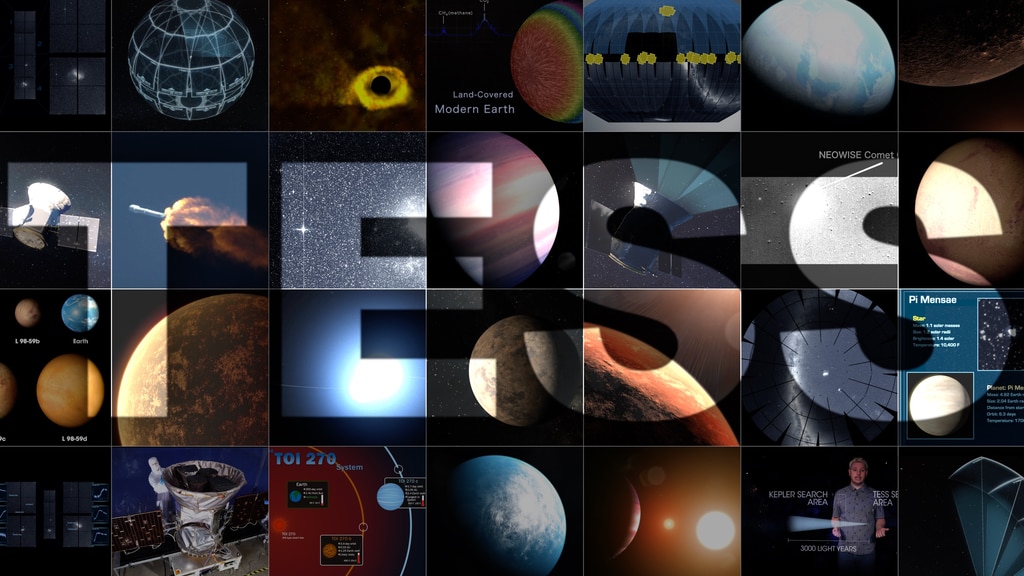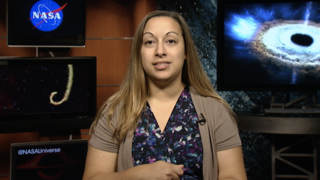Highlights From TESS's First Year
Here are highlights from TESS's first year of science operations. All exoplanet animations are illustrations.
Credit: NASA's Goddard Space Flight Center
Music: "Elapsing Time" from Killer Tracks
Watch this video on the NASA Goddard YouTube channel.
Complete transcript available.
NASA’s Transiting Exoplanet Survey Satellite (TESS) has discovered 21 planets outside our solar system and captured data on other interesting events occurring in the southern sky during its first year of science. TESS has now turned its attention to the northern hemisphere to complete the most comprehensive planet-hunting expedition ever undertaken.
TESS began hunting for exoplanets (or worlds orbiting distant stars) in the southern sky in July of 2018, while also collecting data on supernovae, black holes and other phenomena in its line of sight. Along with the planets TESS has discovered, the mission has identified over 800 candidate exoplanets that are waiting for confirmation by ground-based telescopes.
To search for exoplanets, TESS uses four large cameras to watch a 24-by-96-degree section of the sky for 27 days at a time. Some of these sections overlap, so some parts of the sky are observed for almost a year. TESS is concentrating on stars closer than 300 light-years from our solar system, watching for transits, which are periodic dips in brightness caused by an object, like a planet, passing in front of the star.
On July 18, the southern portion of the survey was completed and the spacecraft turned its cameras to the north. When it completes the northern section in 2020, TESS will have mapped over three quarters of the sky.
Here are a few of the interesting objects and events TESS saw during its first year.
Here are highlights from TESS's first year of science operations in a shorter, one-minute video. All exoplanet animations are illustrations.
Credit: NASA's Goddard Space Flight Center
Music: "Elapsing Time" from Killer Tracks
Complete transcript available.
For More Information
Credits
Please give credit for this item to:
NASA's Goddard Space Flight Center
-
Producer
- Scott Wiessinger (USRA)
-
Writer
- Ravyn Cullor (GSFC Interns)
-
Public affairs officer
- Claire Saravia (NASA/GSFC)
-
Narrator
- Padi Boyd (NASA/GSFC)
-
Editor
- Scott Wiessinger (USRA)
-
Animators
- Chris Smith (USRA)
- Walt Feimer (KBR Wyle Services, LLC)
- Brian Monroe (USRA)
Release date
This page was originally published on Thursday, July 25, 2019.
This page was last updated on Wednesday, May 3, 2023 at 1:45 PM EDT.


